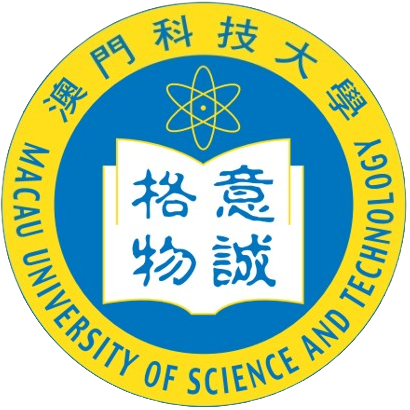Anniversary Special Series of MUST on “When Carbon-based Life Goes Silicon” and “The Earth’s Magnetism”
The second session of the Special Series for the 25th anniversary of Macau University of Science and Technology was successfully held on the afternoon of March 27, 2025, at Block D, Conference Hall of MUST. These lectures specially invited Professor Wang Jun, founder and CEO of iCarbonX, Chief Scientist of National Basic Research Program of China (973 Program), and 2025 Honorary Doctor of MUST, as well as Professor David Gubbins, Fellow of the Royal Society, Fellow of the American Geophysical Union, Honorary Member of the European Geophysical Union, and 2025 Honorary Doctor of MUST, to share ideas on the topics “When Carbon-based Life Goes Silicon” and “The Earth’s Magnetism,” respectively. Chair Professor Tam Kwong Hang, Vice-President of Macau University of Science and Technology, delivered a speech on behalf of the University, welcoming Professor Wang Jun and Professor David Gubbins for their specialized academic presentations to the faculty and students of MUST.
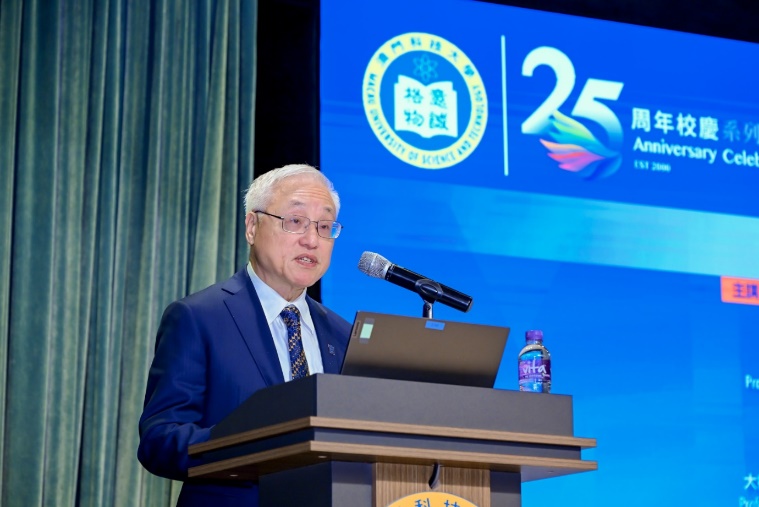
Welcome Speech delivered by Chair Professor Tam Kwong Hang, Vice-President of MUST
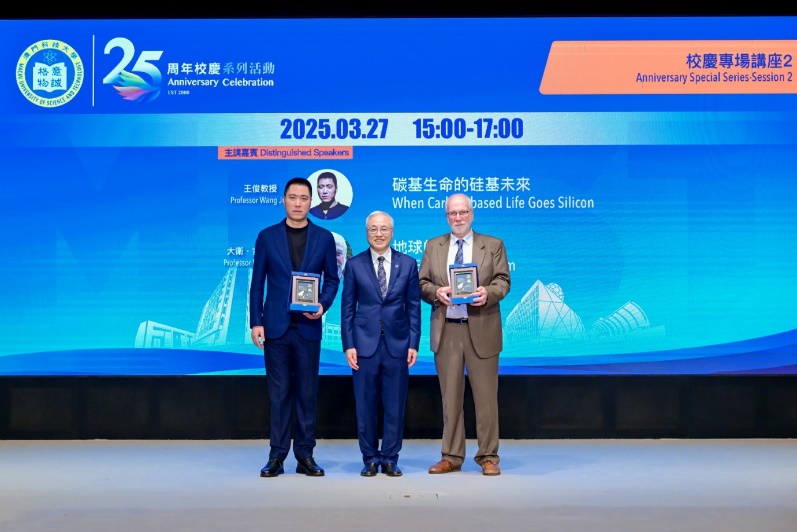
Presentation of Souvenirs
MUST’s Vice-President Chair Professor Tam Kwong Hang, MUST’s Associate Vice-President Chair Professor Zhu Yizhun, Chair Professor Zhang Keke, the Rector of Slovak University of Technology in Bratislava Professor Oliver Moravcik, the Chairman of CRSC Institute of Smart City Research & Design Mr. Jiang Lingming, the President of Business Development from iCarbonX Dr. Wang Minkun, members of the MUST Advisory Committee, representatives from local middle schools, as well as teachers and students within MUST attended the lectures.
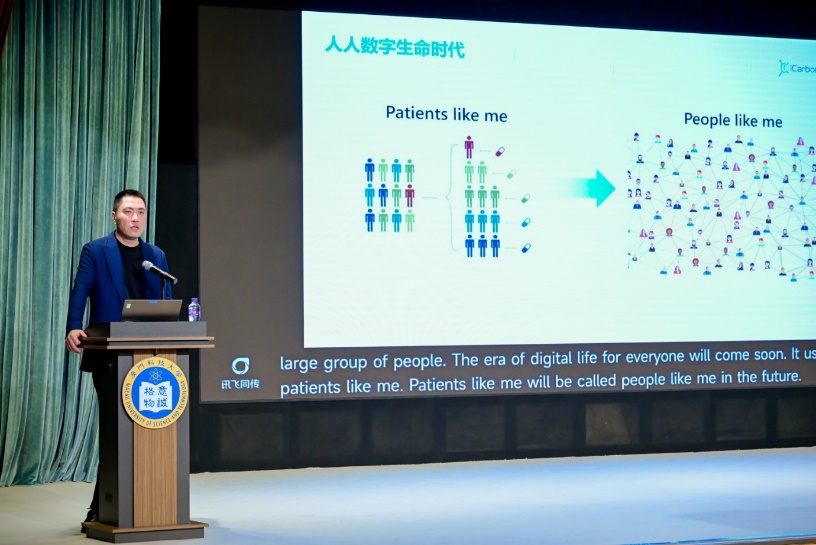
Professor Wang Jun
Professor Wang Jun introduced in his lecture that life science research is undergoing a paradigm shift as iCarbonX uses a new generation of silicon-based biopolymer chips to achieve multi-omics high-throughput detection of molecular-level life data. This is combined with an AI-driven computing platform to build a digital twin life system. Core breakthroughs include: the new generation of silicon-based chip detection technology, which reduces costs and increases efficiency, lowering the cost of genome/proteome detection tests; the use of chip technologies combined with AI computing models to accurately depict the status of personal health systems, significantly shortening the drug development cycle in the field of innovative drugs and saving preclinical costs; iCarbonX's innovative technology will reconstruct the path of the biomedical industry chain and establish a pilot project for disease risk and anti-aging management for millions of people based on digital life cycle management technology. After digital life technology solves the challenges of cost, ethics, and data security, carbon-based life will usher in a bright silicon-based future.
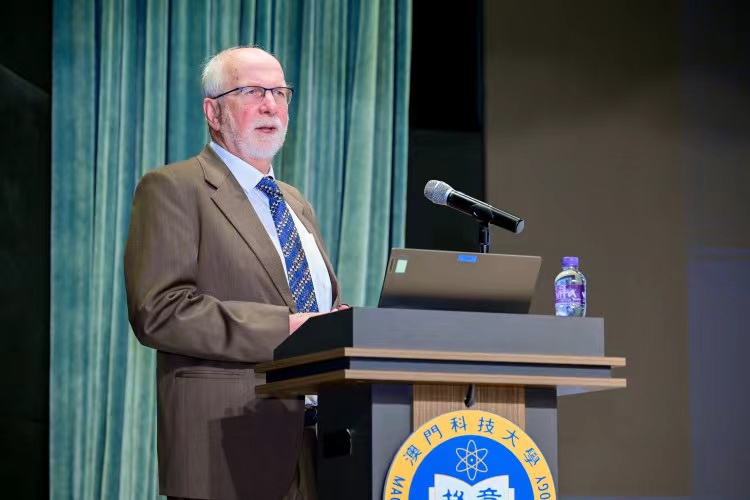
Professor David Gubbins
Professor David Gubbins introduced in his lecture the measurement methods of the Earth's magnetic field throughout geological history, including instruments used in the past few centuries, modern satellites, and paleomagnetic methods that reveal larger scale of changes over the past 3 billion years. This information provides the data necessary to explore possible sources of magnetic fields in Earth's liquid outer core and surface rocks. Additionally, Professor Gubbins introduced modern data analysis methods that do not involve equations, elaborated on the current understanding of the dynamo theory of the origin of the main magnetic field, and briefly introduced the application of magnetic fields as one of the most economical surveying tools in industry. He emphasized the importance of the Earth's magnetic field, which provides nearly all quantitative information about past plate movement and continental mass rotation, and presents one of Earth's great unsolved mysteries: What sustains it?
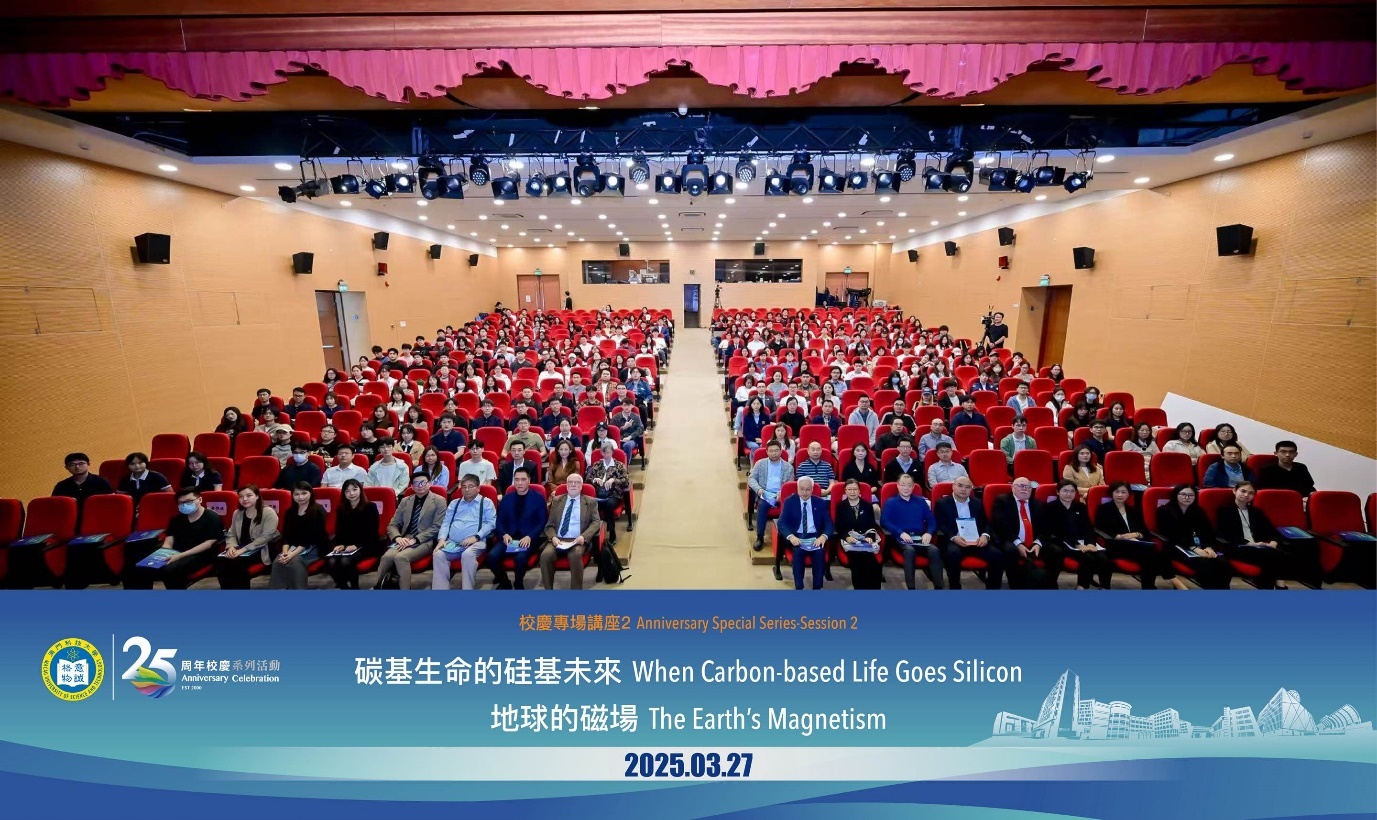
Event’s Group Photo
During the Q&A session, both teachers and students enthusiastically raised their hands and asked Professor Wang Jun and Professor David Gubbins questions. Both speakers provided detailed and professional answers to every question. Participants in the lecture said that they benefited greatly from the lecture.
This lecture was broadcasted live simultaneously on a designated streaming platform.
